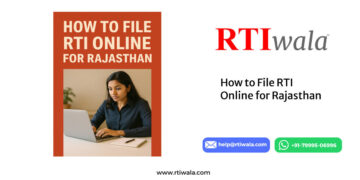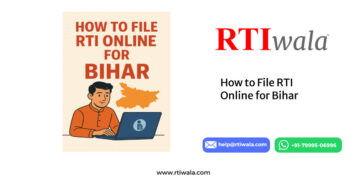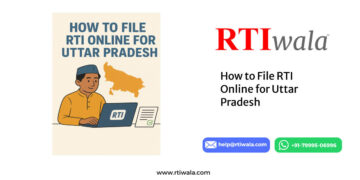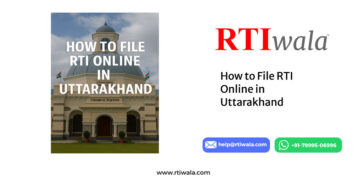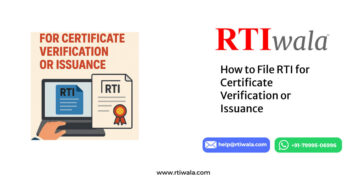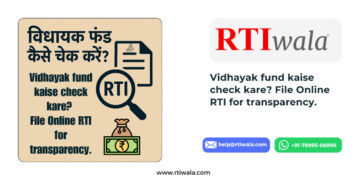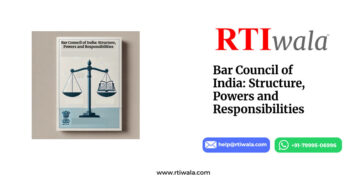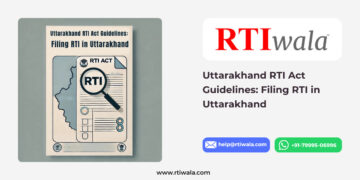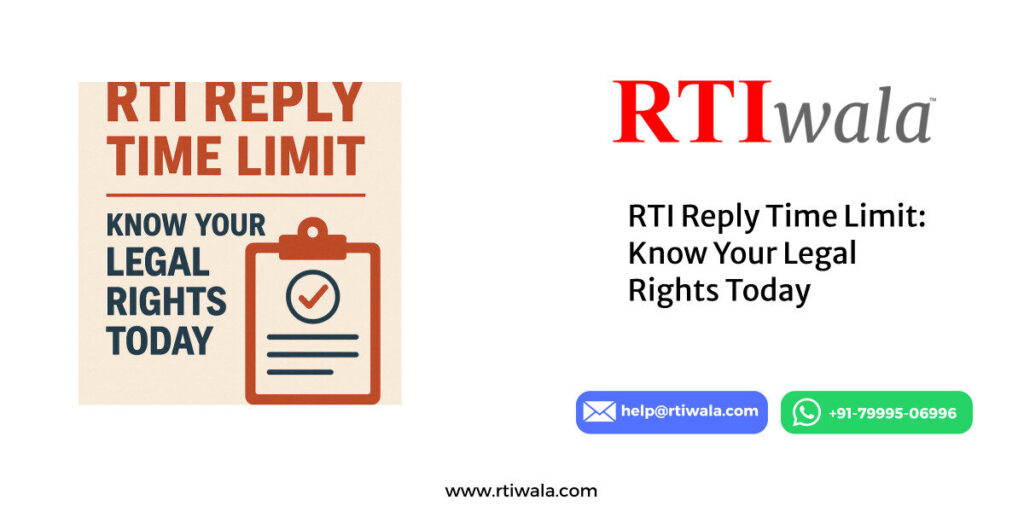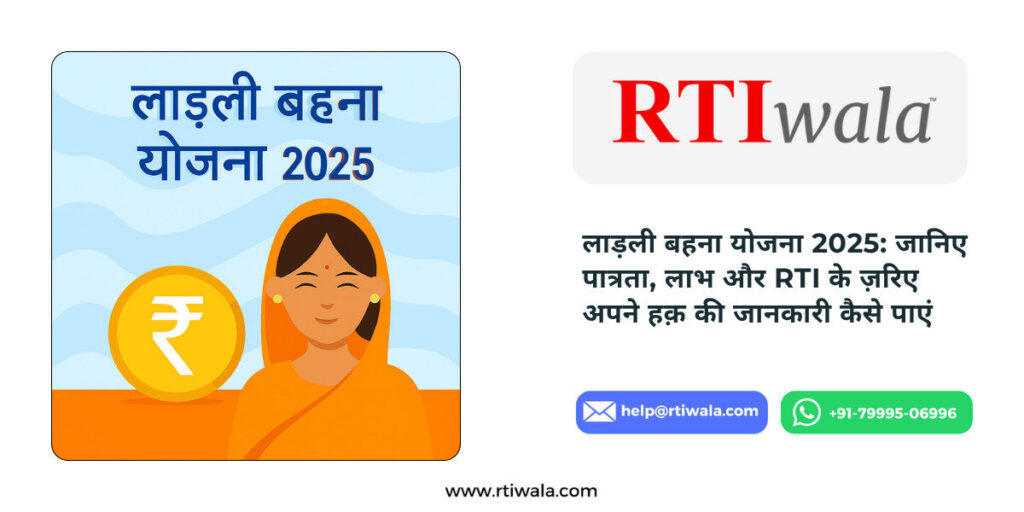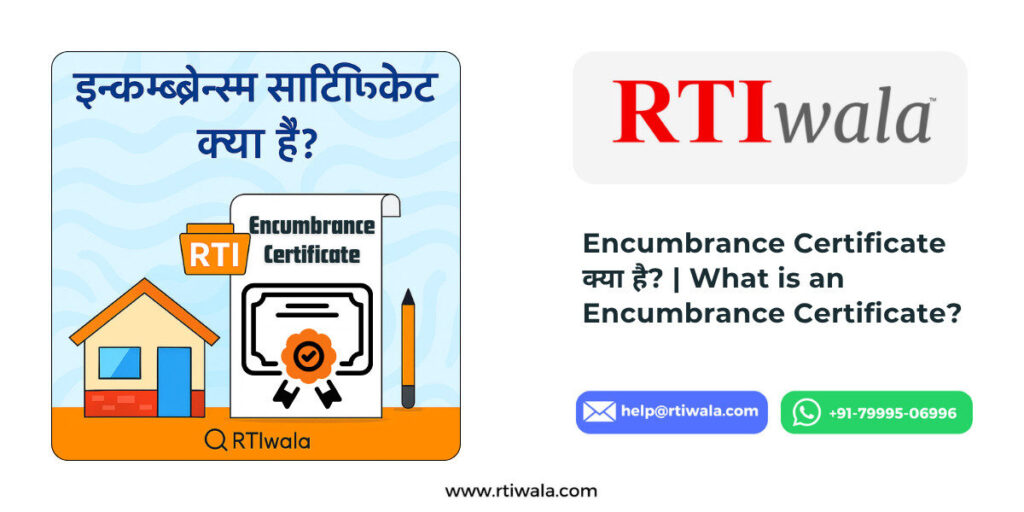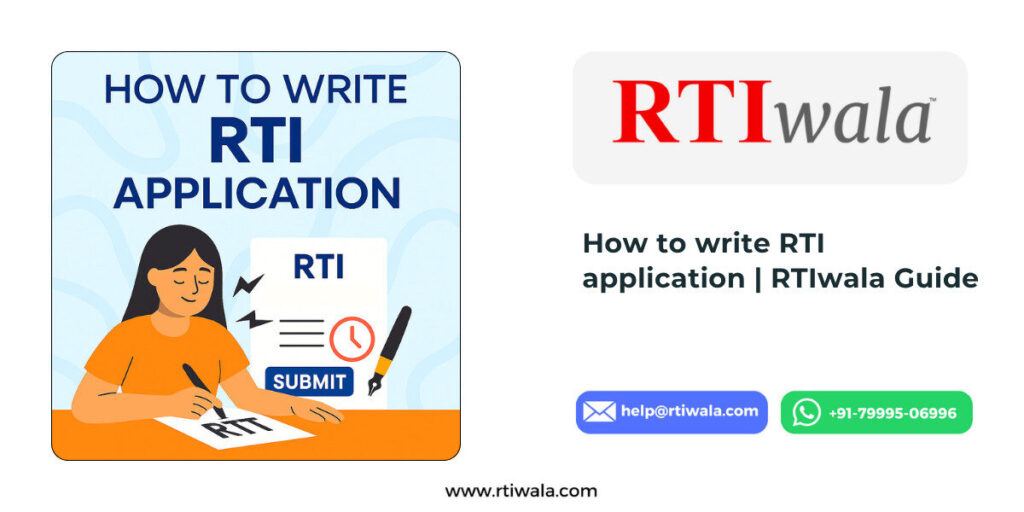Introduction
Pursuing higher education often requires significant financial investment, and for many students, educational loans are the key to achieving their academic aspirations. These loans provide the necessary financial support to cover tuition fees, living expenses, and other education-related costs. This article offers a step-by-step guide to the application process, eligibility criteria, and tips for securing an educational loan, along with insights on how RTIwala can assist in resolving loan-related issues.
What Is an Educational Loan?
An educational loan is a financial assistance program provided by banks and financial institutions to help students fund their education. These loans typically cover:
- Tuition fees
- Exam fees
- Accommodation expenses
- Cost of books, laptops, and other essentials
Benefits of Educational Loans
- Low-Interest Rates: Educational loans often have subsidized interest rates, especially for economically weaker sections.
- Flexible Repayment Options: Repayment begins after completing the course and securing a job.
- Tax Benefits: Borrowers can claim deductions under Section 80E of the Income Tax Act.
Eligibility Criteria for Educational Loans
- Citizenship: The applicant must be an Indian citizen.
- Age Limit: Typically between 18 and 35 years.
- Academic Admission: Confirmed admission to a recognized institution in India or abroad is mandatory.
- Course Type: Loans are offered for graduate, postgraduate, professional, or vocational courses.
- Co-Applicant: A parent, guardian, or spouse must act as a co-applicant.
- Income Criteria: Some banks have minimum income requirements for co-applicants to ensure repayment capability.
How to Apply for an Educational Loan
Step 1: Research and Compare Loan Options
- Visit websites of banks and financial institutions to compare interest rates, repayment terms, and loan limits.
- Consider government-backed schemes like the Central Sector Interest Subsidy (CSIS) for economically weaker sections.
Step 2: Gather Required Documents
Prepare the following essential documents:
- Identity Proof: Aadhaar Card, PAN Card, or Passport.
- Admission Letter: Proof of admission to a recognized institution.
- Academic Records: Previous marksheets and certificates.
- Fee Structure: Detailed breakdown of course fees.
- Income Proof: Salary slips or income tax returns of the co-applicant.
- Collateral Documents: For high-value loans, property or fixed deposit documents may be required.
Step 3: Submit the Application
- Offline Mode: Visit the bank branch and fill out the loan application form.
- Online Mode: Apply through the bank’s website or portals like Vidya Lakshmi (vidyalakshmi.co.in).
Step 4: Verification and Approval
The bank verifies the documents and evaluates the applicant’s creditworthiness and the co-applicant’s repayment capacity.
Step 5: Loan Disbursement
Once approved, the loan amount is disbursed directly to the educational institution or the borrower’s account, as per the bank’s policy.
Government Schemes for Educational Loans
- Vidya Lakshmi Portal
- A single-window platform for students to apply to multiple banks.
- Provides information on interest subsidies and schemes.
- Dr. Ambedkar Central Sector Scheme
- Interest subsidy for OBC and EBC students pursuing higher studies abroad.
- Padho Pardesh Scheme
- Interest subsidy for economically weaker section students pursuing studies abroad.
- National Minorities Development and Finance Corporation (NMDFC)
- Subsidized loans for students from minority communities.
Tips for Securing an Educational Loan
- Maintain a Good Credit Score
- Ensure the co-applicant’s credit history is strong for quick approval.
- Choose Collateral-Free Options
- Many banks offer unsecured loans for amounts up to ₹7.5 lakhs.
- Negotiate Interest Rates
- Compare rates across banks and negotiate for better terms.
- Seek Subsidy Benefits
- Check eligibility for interest subsidy schemes to reduce repayment burdens.
- Understand the Terms
- Read the fine print carefully, including prepayment penalties, moratorium periods, and repayment tenure.
Challenges in Educational Loans
- Delays in Approval: Lengthy verification processes can delay loan disbursement.
- High Collateral Demands: Many banks require property or fixed deposits for high-value loans.
- Lack of Transparency: Students may face difficulties understanding terms and conditions.
- Rejection Issues: Incomplete documentation or insufficient income proof can lead to rejection.
How RTIwala Can Help With Educational Loan Issues
If you face challenges while applying for an educational loan, RTIwala offers solutions to ensure transparency and accountability:
- File RTI Online: Seek updates on loan application status or reasons for rejection.
- Anonymous RTI: Maintain confidentiality while addressing sensitive issues.
- Custom Drafting: Get professionally drafted RTI tailored to your concerns.
- Follow-Up Support: Ensure timely responses and actions from banks or authorities.
RTIwala Service Promotion
If you’re struggling with educational loan-related issues, trust RTIwala to guide you:
- Expert Consultation: Get personalized advice for resolving loan challenges.
- Online RTI: File RTI to demand transparency in loan processes.
- Anonymous RTI: Keep your identity secure while addressing concerns.
- Custom Drafting: Professionally crafted RTI applications for faster resolutions.
- Products: Explore additional services to resolve financial aid issues.
Let RTIwala help you secure the financial support you need for your academic journey.








